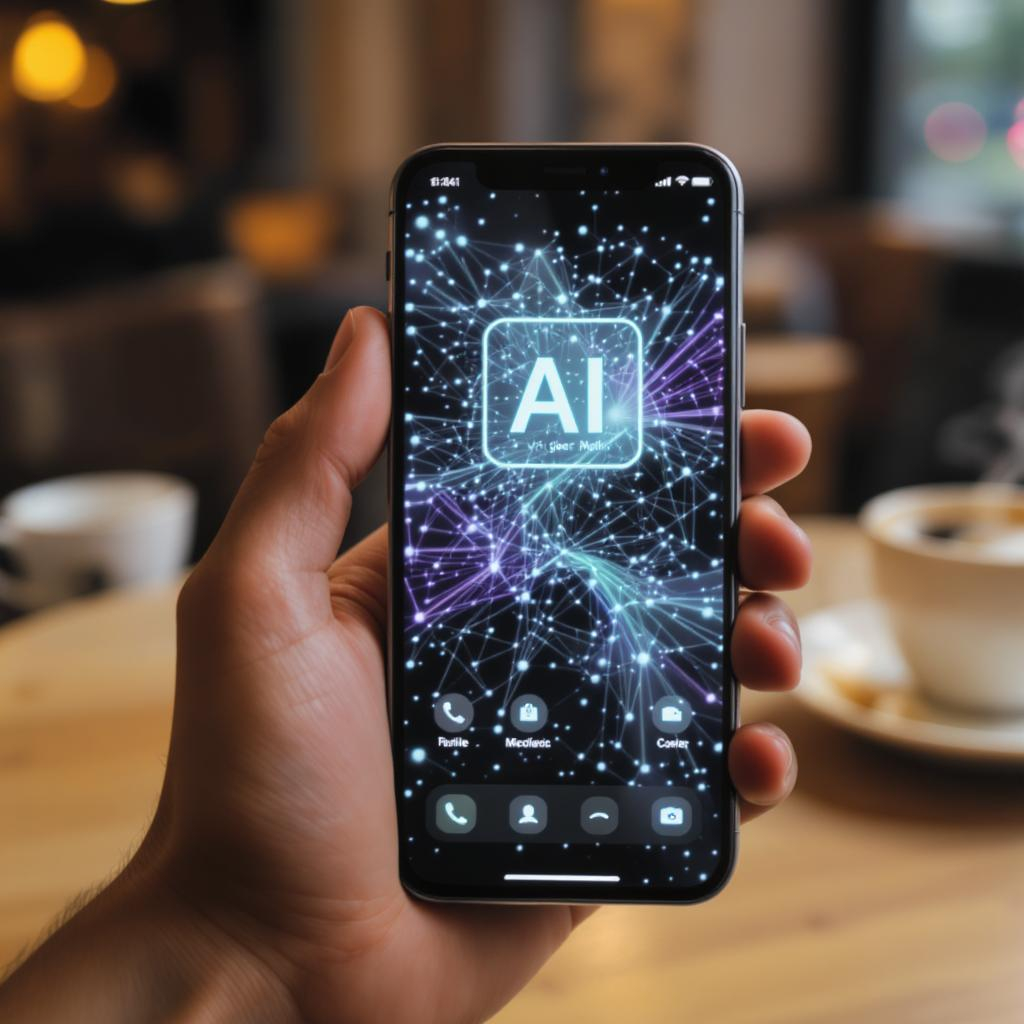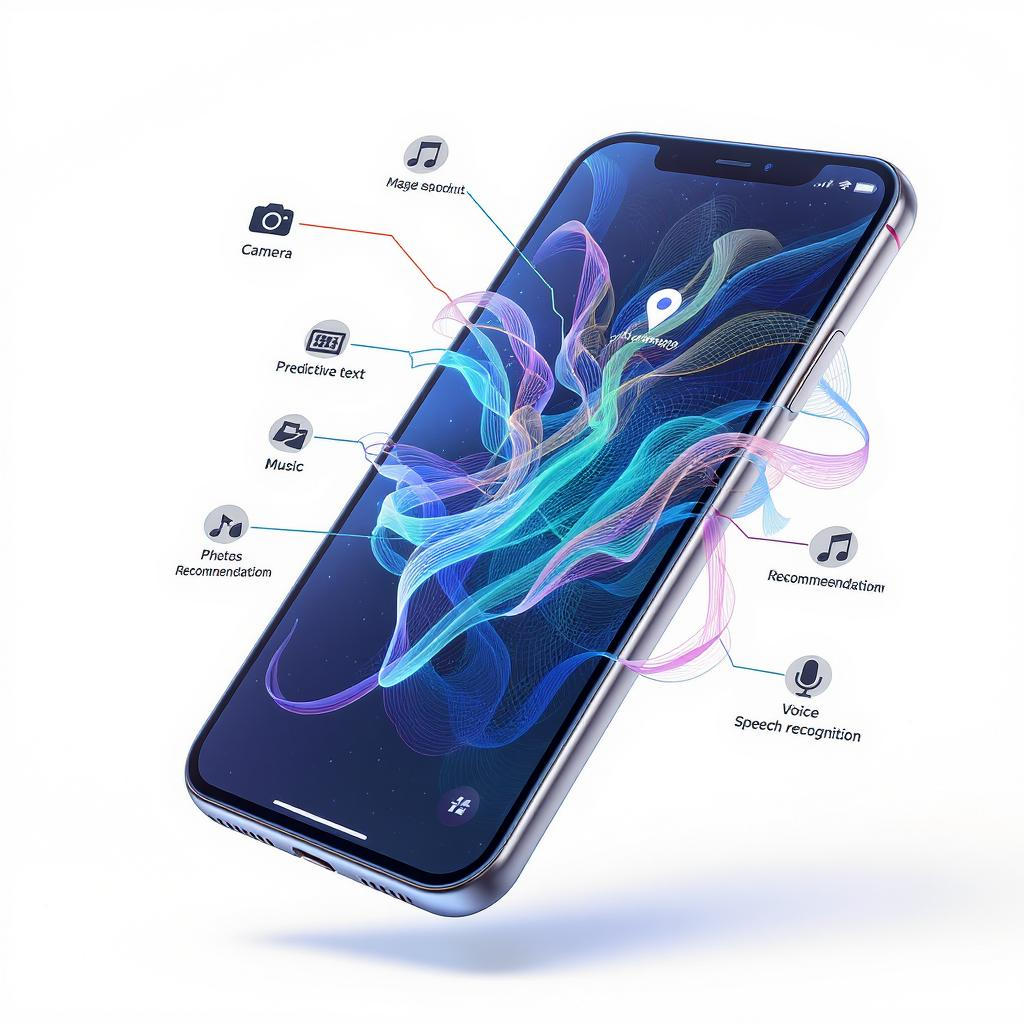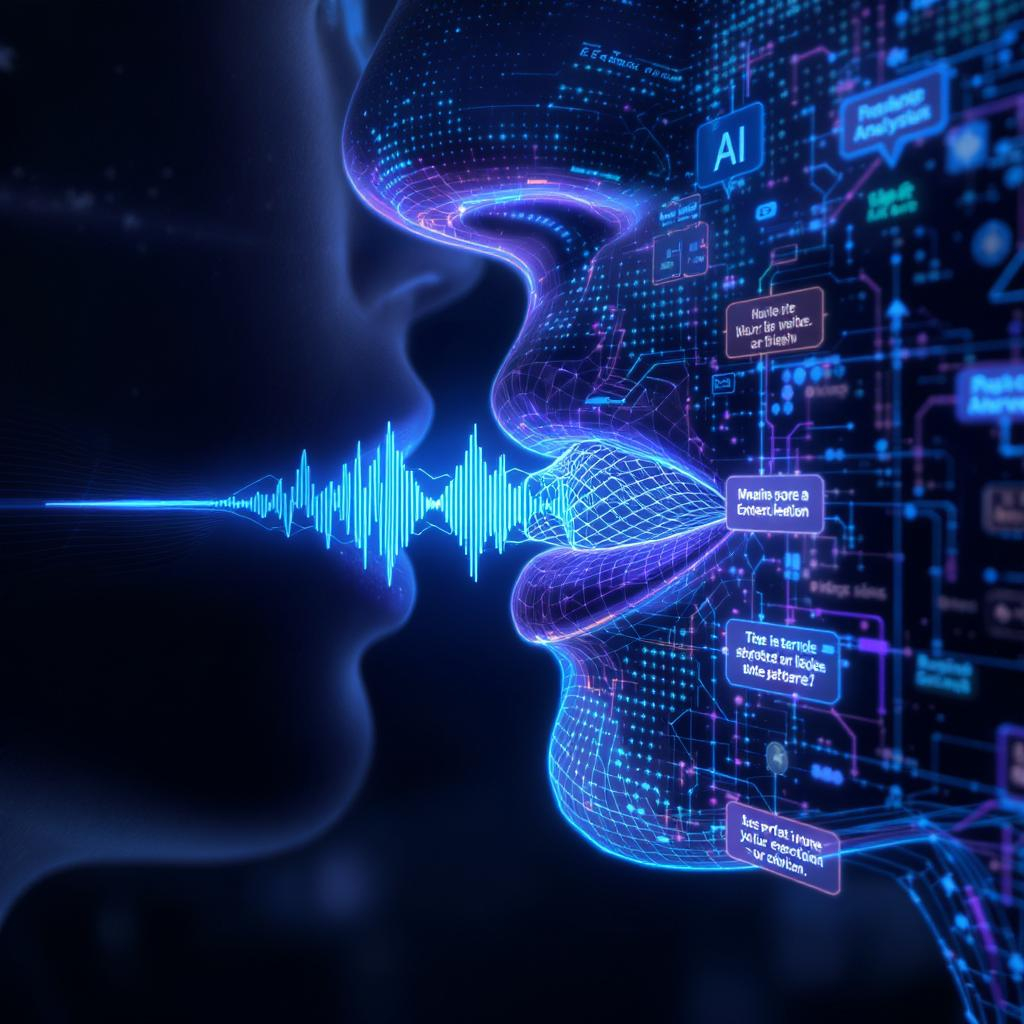Currently Empty: £0.00
Blog
The AI Hidden in Your Pocket: How Your Phone Became a Mind Reader

Every morning, you wake up to your phone’s alarm, check your personalized news feed, and ask Siri for the weather.
By lunch, you’ve used recommendation algorithms to choose a restaurant, relied on predictive text to send messages, and let your phone’s camera automatically enhance your photos. You’ve interacted with artificial intelligence dozens of times before most people even think about AI.
This invisible integration represents one of the most significant technological shifts of our lifetime, yet most of us remain completely unaware of it. The AI revolution isn’t coming—it’s already here, living quietly in your pocket.
The invisible AI revolution
Unlike the dramatic AI showcases we see in movies or news headlines, the most transformative AI applications are the ones we don’t notice. Your smartphone runs dozens of AI models simultaneously, each solving specific problems that would have required teams of engineers just a decade ago. AnalytixLabsSource

Consider your smartphone’s camera. Modern phones don’t just capture light—they interpret scenes in real-time. When you point your camera at a sunset, it automatically recognizes the scene type, adjusts exposure settings, enhances colors, and even removes unwanted objects. Google’s Pixel phones can make you look like a professional photographer by using AI to understand depth, lighting, and composition better than most humans.
This scene recognition technology stems from convolutional neural networks, the same fundamental technology that enables self-driving cars to recognize pedestrians and helps doctors identify tumors in medical scans. Your casual sunset photo involves the same AI principles that power some of humanity’s most ambitious technological projects.
Your digital assistant’s secret intelligence
When you say “Hey Siri” or “OK Google,” you’re not just triggering a voice recorder. You’re activating a sophisticated pipeline of AI systems working in perfect coordination. First, automatic speech recognition converts your sound waves into text. Then natural language processing interprets your intent from that text. Finally, knowledge graphs and reasoning systems determine the best response. Sunscrapers

But here’s what makes this truly remarkable: these systems must understand context, ambiguity, and even implied meaning. When you ask “Will I need an umbrella today?” your phone doesn’t just provide weather data—it interprets that you’re asking about rain probability, considers your location, and factors in your daily schedule to give you actionable advice.
This contextual understanding represents a form of artificial general intelligence in microcosm. Your phone demonstrates reasoning capabilities that would have seemed like magic just twenty years ago.
The recommendation engines that shape your world
Perhaps the most influential AI in your life is the one curating your reality. Every social media feed, every streaming service suggestion, every online shopping recommendation comes from machine learning algorithms trained on massive datasets of human behavior. AnalytixLabs
These recommendation systems don’t just predict what you might like—they actively shape your preferences, introduce you to new ideas, and influence your decisions. Spotify’s Discover Weekly doesn’t just find music you’ll enjoy; it expands your musical horizons by analyzing the listening patterns of millions of users with similar tastes.

Netflix’s recommendation algorithm analyzes not just what you watch, but when you pause, when you rewind, and even when you stop watching. It knows whether you prefer character-driven dramas on Sunday evenings or action movies on Friday nights. This behavioral analysis creates a digital fingerprint of your preferences more detailed than what your closest friends might know about you. Nojitter
Understanding AI’s limitations in daily life
Despite these impressive capabilities, the AI in your phone has significant limitations that are important to understand. These systems excel at pattern recognition but struggle with true comprehension. Your phone’s autocorrect might confidently suggest completely inappropriate words because it’s following statistical patterns, not understanding context. DataCamp +2
Voice assistants can book restaurant reservations but can’t understand why you might want a quiet table for a difficult conversation. Photo recognition can identify your dog but can’t appreciate the emotional significance of a particular image. Current AI operates on correlation, not causation—it finds patterns but doesn’t understand meaning.

This AI convenience comes with a significant trade-off: privacy. Every interaction with these systems generates data that companies use to improve their models and target advertisements. Your voice commands, location patterns, and usage habits create a detailed profile of your life.
The challenge isn’t just about data collection—it’s about algorithmic bias. The AI systems making decisions about your loan applications, job opportunities, and even dating matches are trained on historical data that may contain societal biases. Marian +2 Understanding these limitations is crucial for navigating an AI-driven world.
What this means for your future
The AI in your phone today represents just the beginning. As these systems become more sophisticated, they’ll anticipate your needs more accurately, automate more tasks, and integrate more deeply into your daily life. The question isn’t whether AI will continue expanding into personal technology—it’s whether we’ll maintain awareness and control over these systems.

The most empowering approach is to become AI literate—understanding how these systems work, recognizing their capabilities and limitations, and making informed decisions about when and how to use them. The AI revolution isn’t something happening to you; it’s something you can actively participate in and shape.
Your smartphone has already made you a cyborg of sorts, augmenting your memory, navigation, and communication abilities with artificial intelligence. The question is: now that you know it’s there, what will you do with this knowledge?




